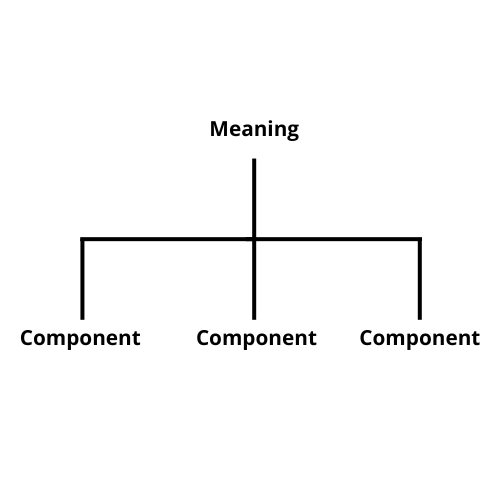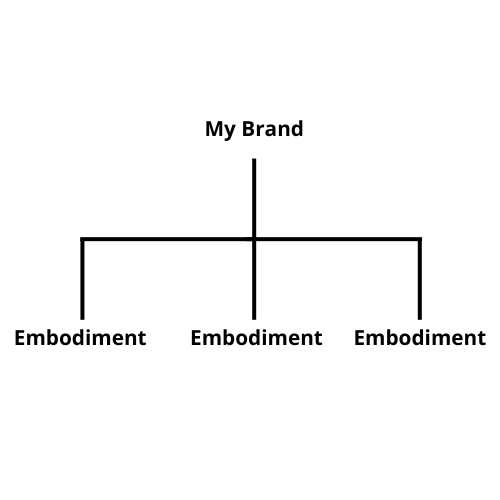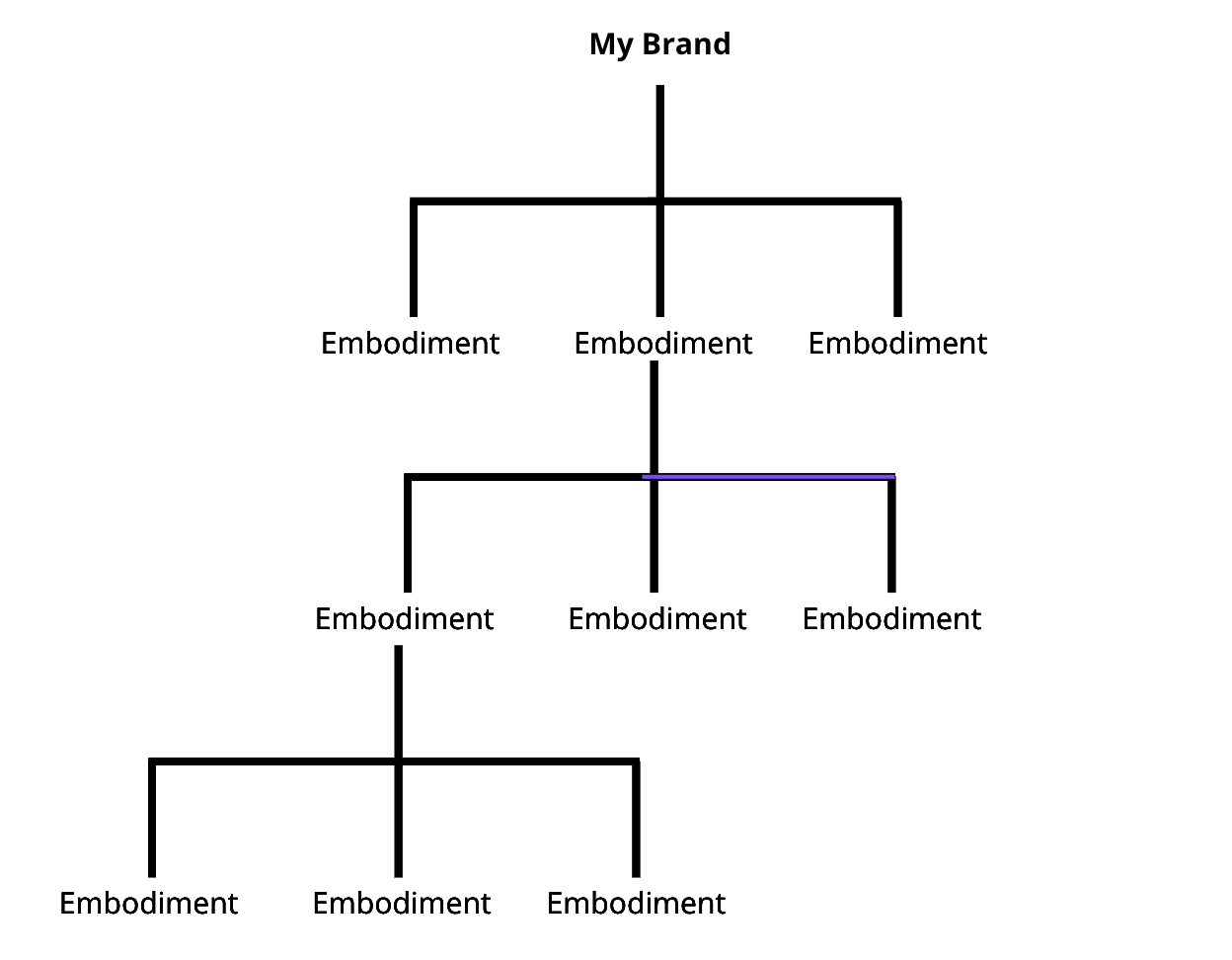BML - Edition 25
Fractal thinking for branding
Subpart 3 - Implementing Fractal Thinking for branding
Merry Christmas.
I can't think of a better day for the final edition of our series on fractal thinking. Specifically, we'll see how fractal thinking can give you a new perspective on your brand.
Even if you don't celebrate Christmas, you observe it and see so many of the concepts we've covered.
In this series, you learned to view your brand as an identity. It's something intangible that you can never truly see in its entirety. Instead, you see the embodiment of your brand.
Your brand is embodied through your team members, your company rituals, processes, product names, and yes, through your logo and website colors, too.
You might say that the spirit of your brand is acted out through those elements. This is a key point . . .
Your brand needs more than a fancy name. Your brand must be embodied. Otherwise, it becomes disembodied, and will eventually fade away.
This month, you've witnessed the spirit of Christmas. That spirit becomes embodied through the actions taken by humans. We string lights around our home, play special music, and say special words.
Driving the other day, I made a wrong turn and discovered a street where each house had a 20-foot inflatable Santa Claus in the front yard. Talk about embodying the spirit of Christmas.
You might say that Christmas has agency over us. It influences our actions. In the same way, your brand should influence the actions performed by your business.
With that said, let's wrap up this series by giving you some practical exercises to help you implement fractal thinking in your branding.
To start us off, recall our model of meaning. We'll begin with this 50k-foot view of your brand.

Start by asking, "What's the meaning behind my brand?"
- Does your brand serve a higher purpose?
- Is there a value or virtue your brand embodies?
- Are you wishing to make a change?
To answer these questions, spend time journaling, speaking with your loved ones, business partners, and team. The more you become attached to your "why," the more motivated you'll be to see your brand acted out.
That leads us to our second step. Ask, "How does my brand get embodied?"

It's not enough to leave the answers to the "What is my brand?" question as responses on a worksheet. Your brand must have participation, the same way Christmas has participation.
Ask yourself:
- What's my brand's origin story?
- What are the rituals of my brand? How do we kick off our team meetings? How do we onboard clients? Do we have a yearly tradition?
- What's the unique language of my brand?
- What's my brand's visual identity? Think of the symbols, colors, shapes, personality, and everything else customers see when they encounter your brand.
Finally, think of your brand as fractal. This was the big "aha" for me . . .
The other day, I was running at the park, and it was empty. Suddenly, a woman walking her dog arrived, and I noticed the woman wearing a sweater from the Kansas City Chiefs.
Before, I'd have thought, "She likes the Chiefs."
After learning fractal thinking, I thought, "The Chiefs have arrived."
See the difference? The woman was embodying the spirit of the Chiefs. Fractally speaking, she was participating in a higher fractal, the identity of the Kansas City Chiefs.
She didn't just "like" the Chiefs, she was the Chiefs.
The difference shows the fractal nature of identity (explained edition 23). It's a subtle switch of perspective that makes a huge difference.
For marketing purposes, I love that this approach is different from how most books today teach marketing, with their obsession on psychology.
The fractal approach is not psychology. Fractal Thinking is external, not internal.
Psychology = "That woman likes the Chiefs."
Fractal Thinking = "That woman is the Chiefs."
Feel the difference?
Your brand's spirit should trickle down from its main identity to each lower fractal, whether that's down to the fans of a football team or down to the lower levels of your business.
For example, many of my business-owner clients run online courses and have student-led meetups. Even though that business's student-led meetup is further down the fractal hierarchy, that meetup should still embody the brand.
Maybe the students kick off the meeting with a "What's your biggest challenge?" ritual that was first taught in the larger group sessions.
If this meetup were being performed at a coffee shop, how might a woman sitting nearby know it's a meetup for your brand and not my brand?
Visually, this fractal approach to branding looks like this:

Do you see how the spirit of your brand should trickle down or be poured into the lower levels?
I often say, "A strong brand trumps everything."
Yes, copywriting is important. So is customer psychology. So is product design.
But have you ever bought something from a brand or person simply because of who they were? We all have. That's what I mean by a brand trumping everything.
Do all those other things: understand your customer's desires, design a good product, write compelling copy. But also supercharge those efforts by creating a rock-solid brand.
That's how you create a business that attracts not just customers, but raving fans.
Alright, we're at the end. Did this series give you a new way of looking at branding? Good.
And I hope you enjoyed the entire series on Fractal Thinking.
Soon, I'll share a single page where you can access each article. At that time, I'd love your feedback. If you enjoyed it, I'll ask you please share the series.
In the meantime, Merry Christmas and Happy Holidays.
Billy
This concludes the series on Fractal Thinking. If you enjoyed it, please share the main page on social media or send to a colleague who'd enjoy the series.
